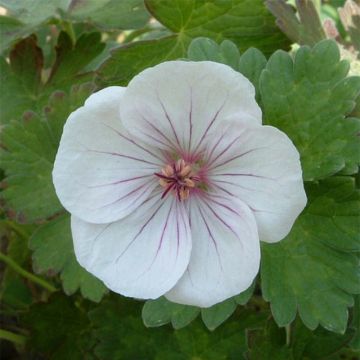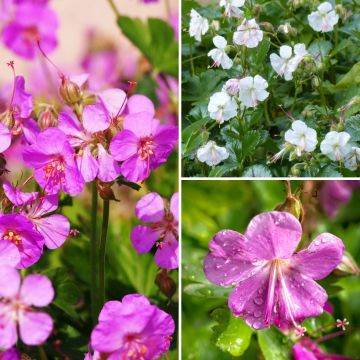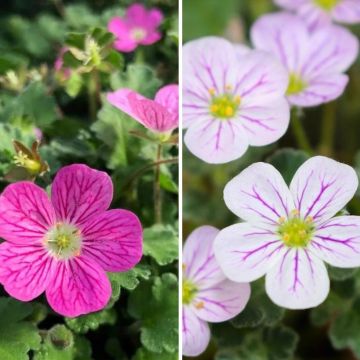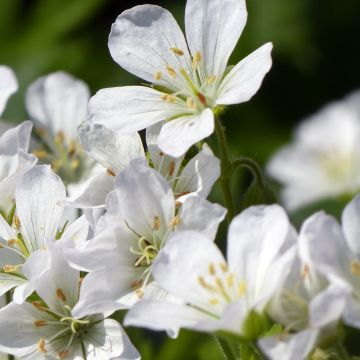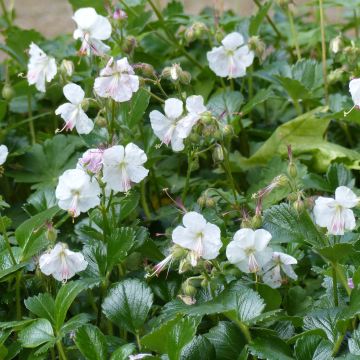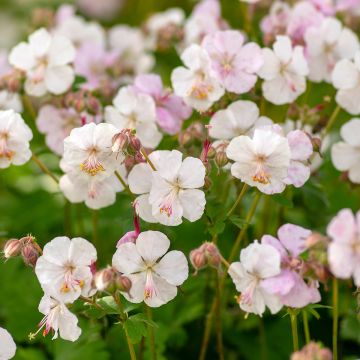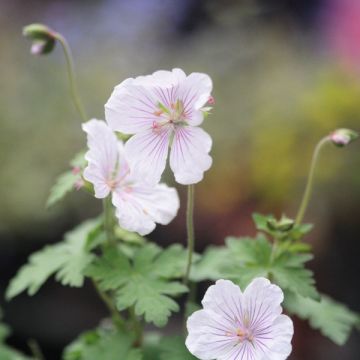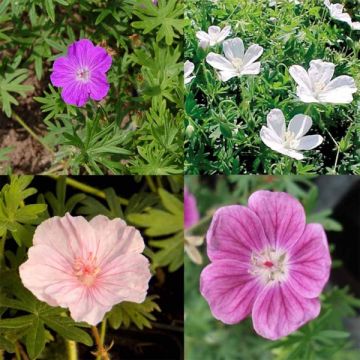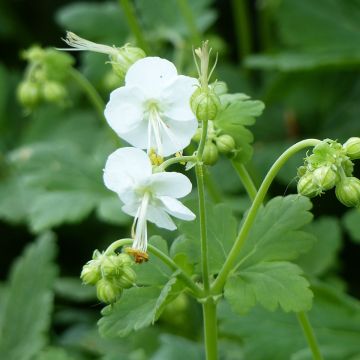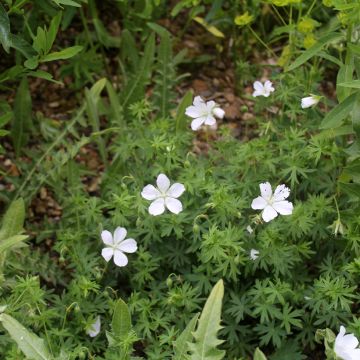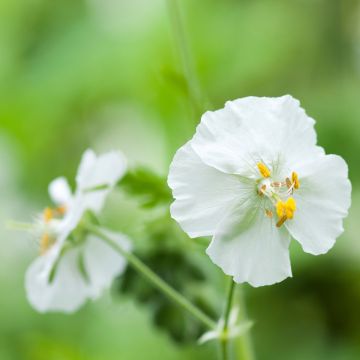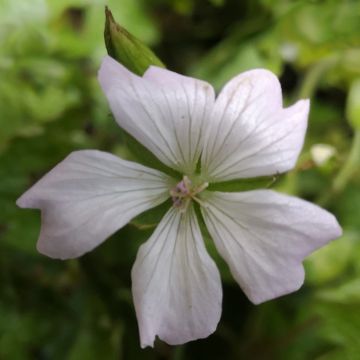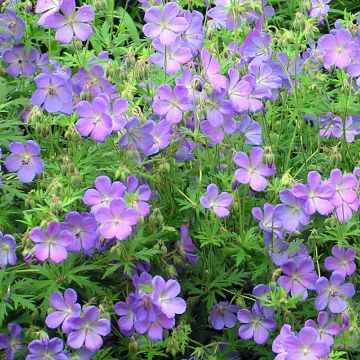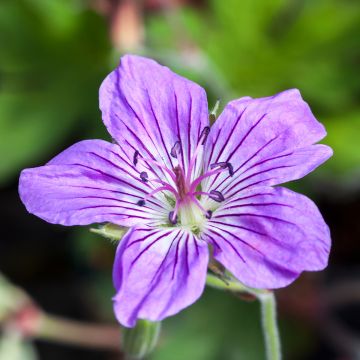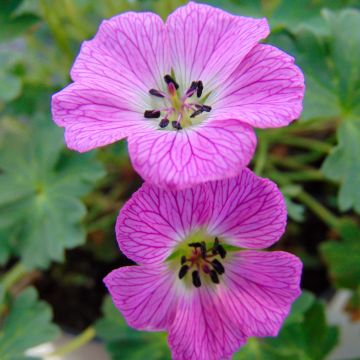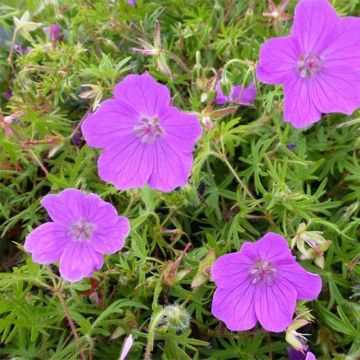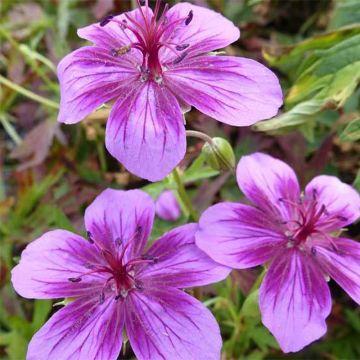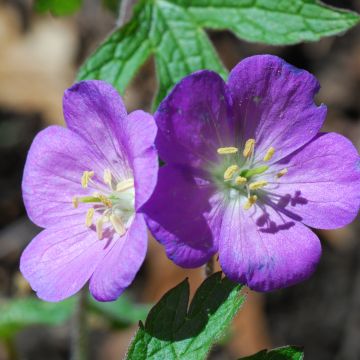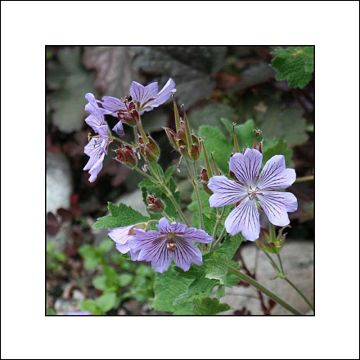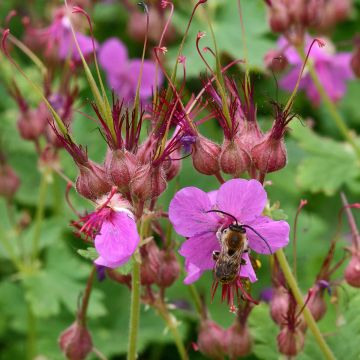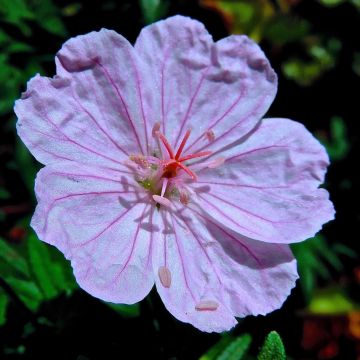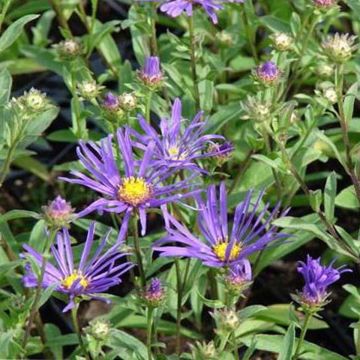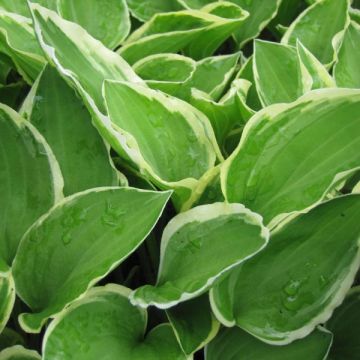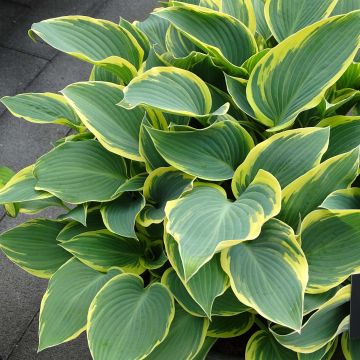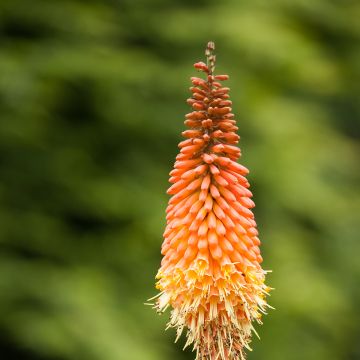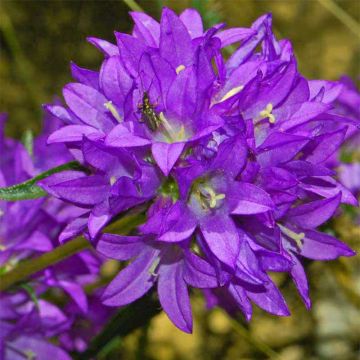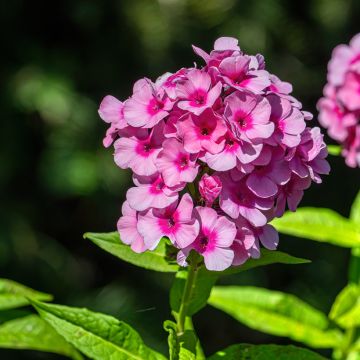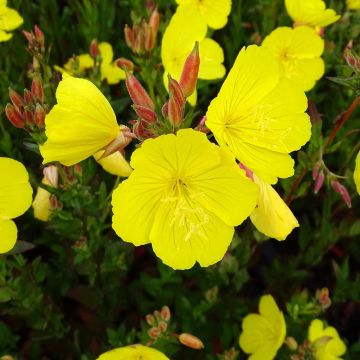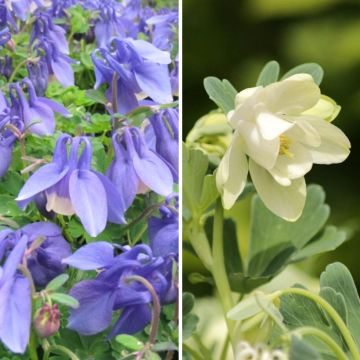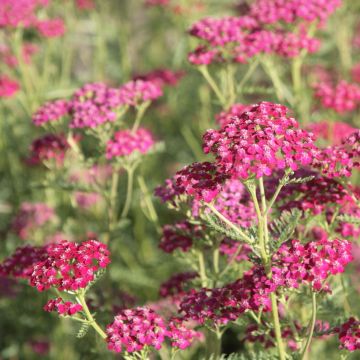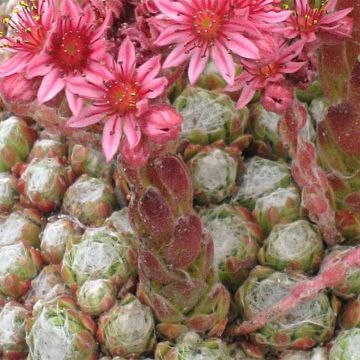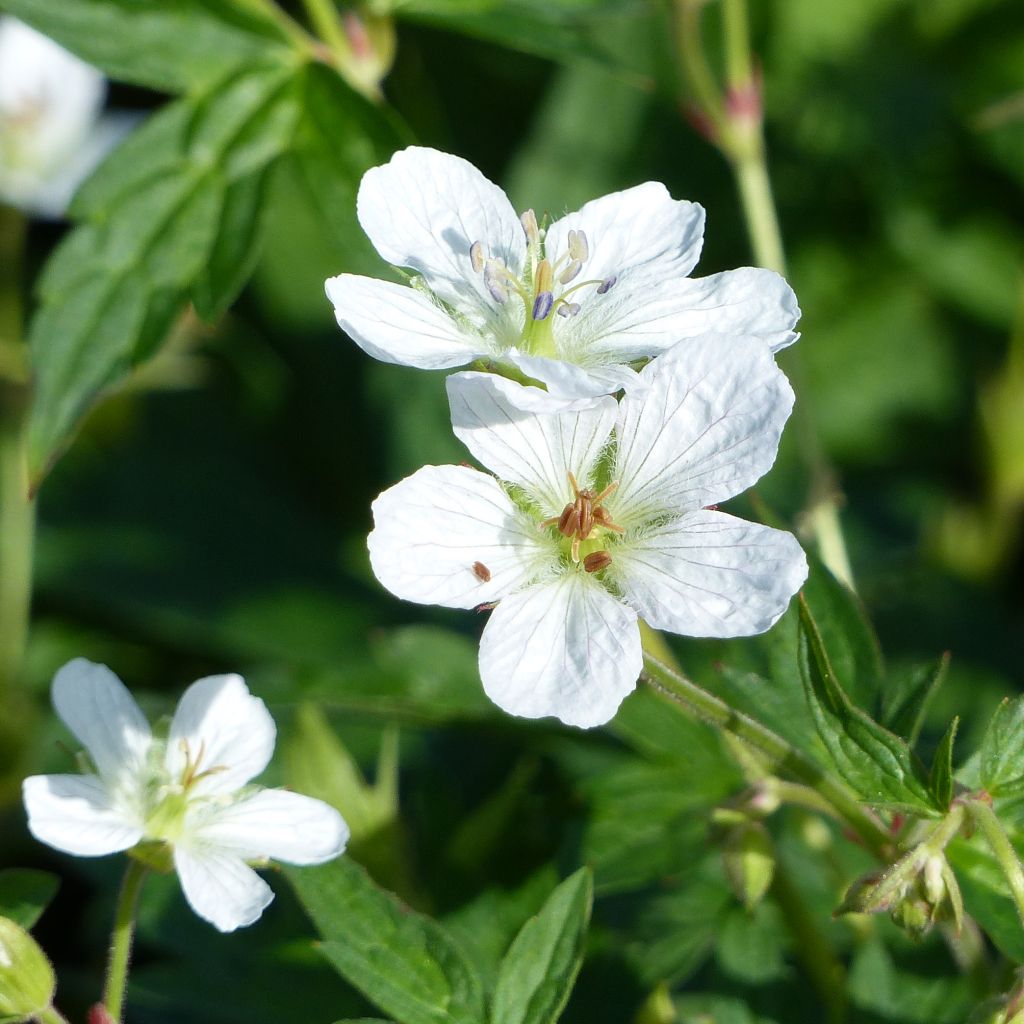

Geranium richardsonii
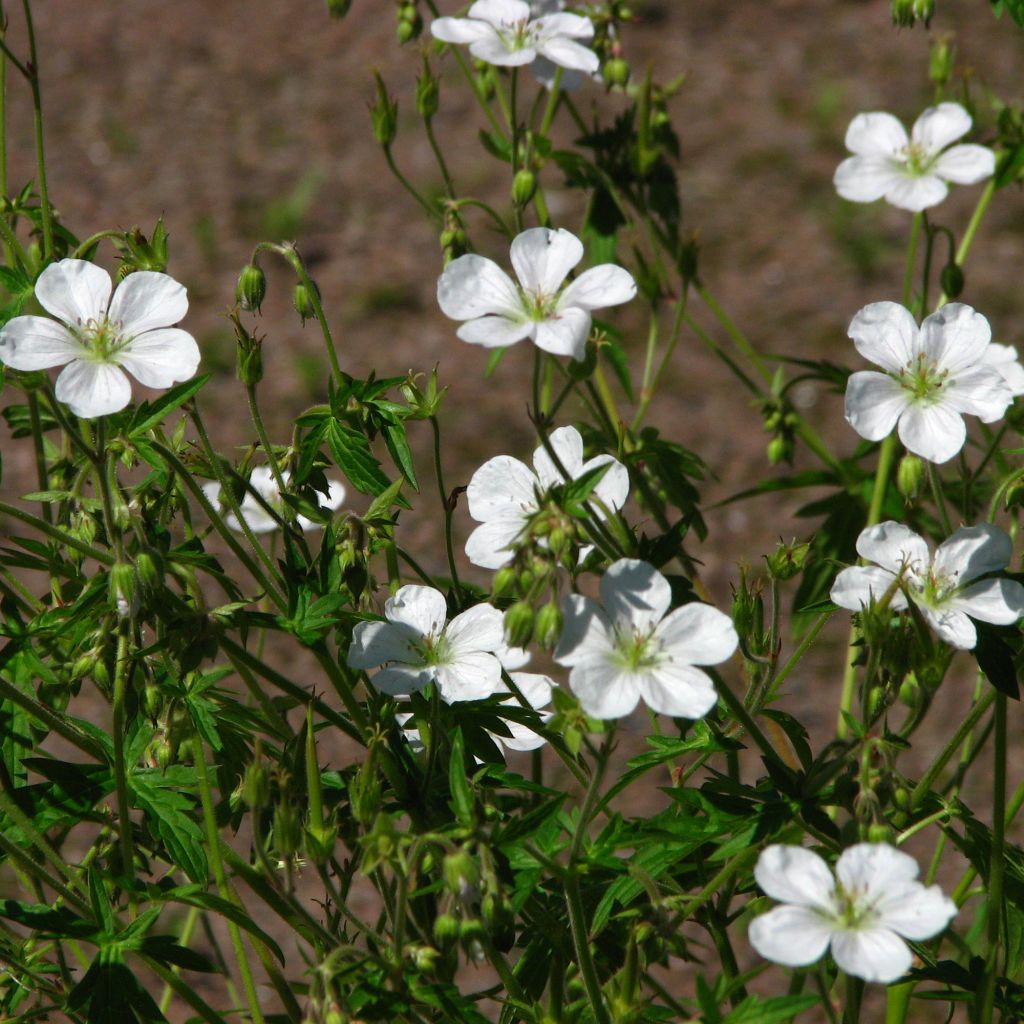

Geranium richardsonii
Geranium richardsonii
Geranium richardsonii
Richardson's Geranium, White Geranium
Why not try an alternative variety in stock?
View all →This plant carries a 12 months recovery warranty
More information
We guarantee the quality of our plants for a full growing cycle, and will replace at our expense any plant that fails to recover under normal climatic and planting conditions.
From €7.90 for pickup delivery and €6.90 for home delivery
Express home delivery from €8.90.
Does this plant fit my garden?
Set up your Plantfit profile →
Description
The Perennial Geranium richardsonii is a little-known, but robust and highly resistant botanical species from North America. It forms a spreading clump of large, deeply cut and palmate leaves in a bright green colour, and offers a bright flowering with small, open corollas in shades of violet, very pale pink or white, veined with wine-red, from early summer to autumn. It is a very hardy plant, suitable for use in a wild garden, in a rather moist and even chalky soil.
Perennial Geranium richardsonii belongs to the Geraniaceae family. This plant is native to western North America from Alaska to New Mexico, where it can be found in a number of habitats, especially mountains and forests. It is a sticky perennial herb, ranging in height from 20 to 80 centimeters (8 to 32 inches). The plant grows from a tough, woody taproot and older plants develop rhizomes. Its semi-evergreen leaves can reach up to 15 centimeters (6 inches) in width and are usually divided into five segments, each segment being further subdivided into small rounded or pointed lobes. Flowering occurs from May to September if the soil remains moist. Each flower has 5 pointed sepals hidden by 5 rounded petals, forming a corolla that is 2 to 3 cm (1in) wide. The color of the petals varies from satin white to violet, but they are always veined with purple or wine-red.
Ideally, plant it in a shaded location or away from direct sunlight, in moist but well-drained soil, in wildflower beds or natural areas of the garden where it will eventually form a good ground cover. To accompany its flowering until the winter, it can be paired with 'Mönch' Aster, Jindai Tatarian Aster, or 'Moonbeam' Coreopsis, or other natural-looking plants such as variegated ivy or small grasses. It is also stunning for bordering a sunny path, in a fresh rockery, or at the base of clematis. It can even be grown in a large pot.
Geranium richardsonii in pictures
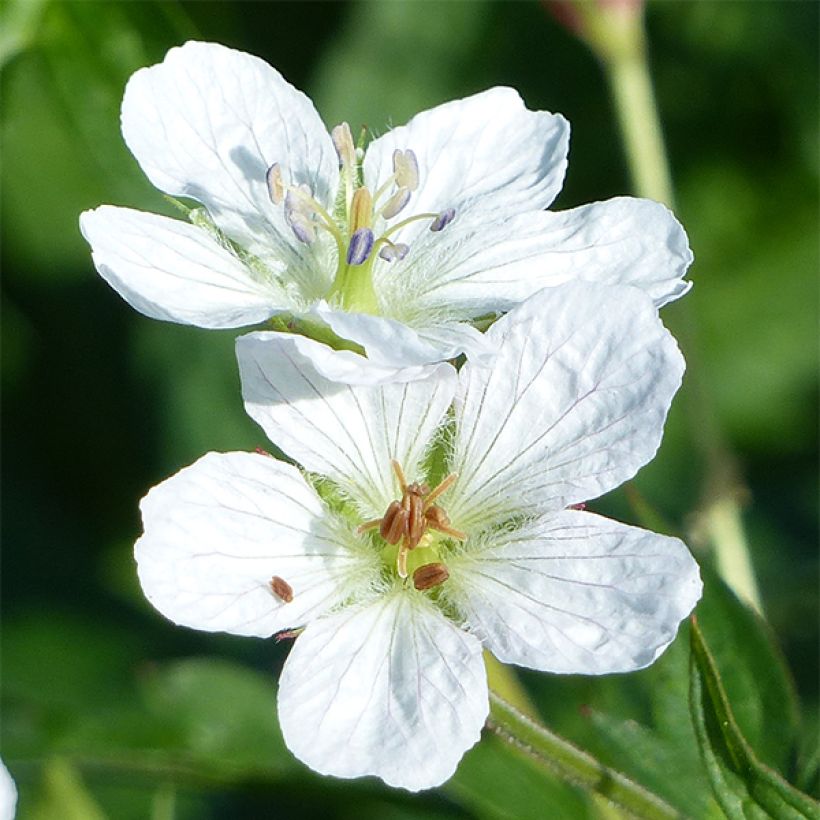

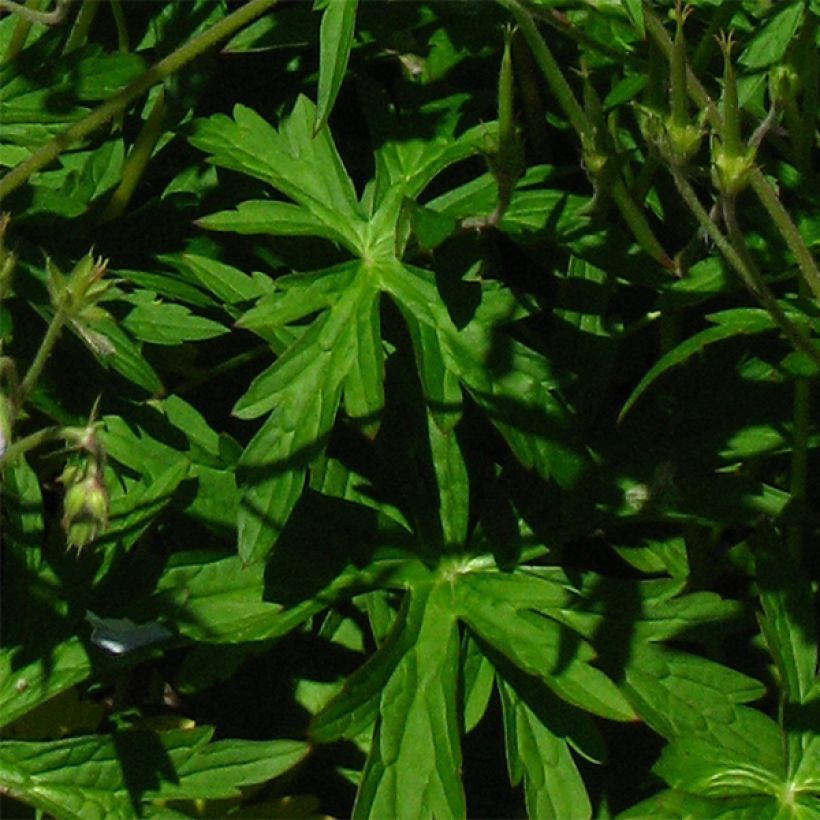

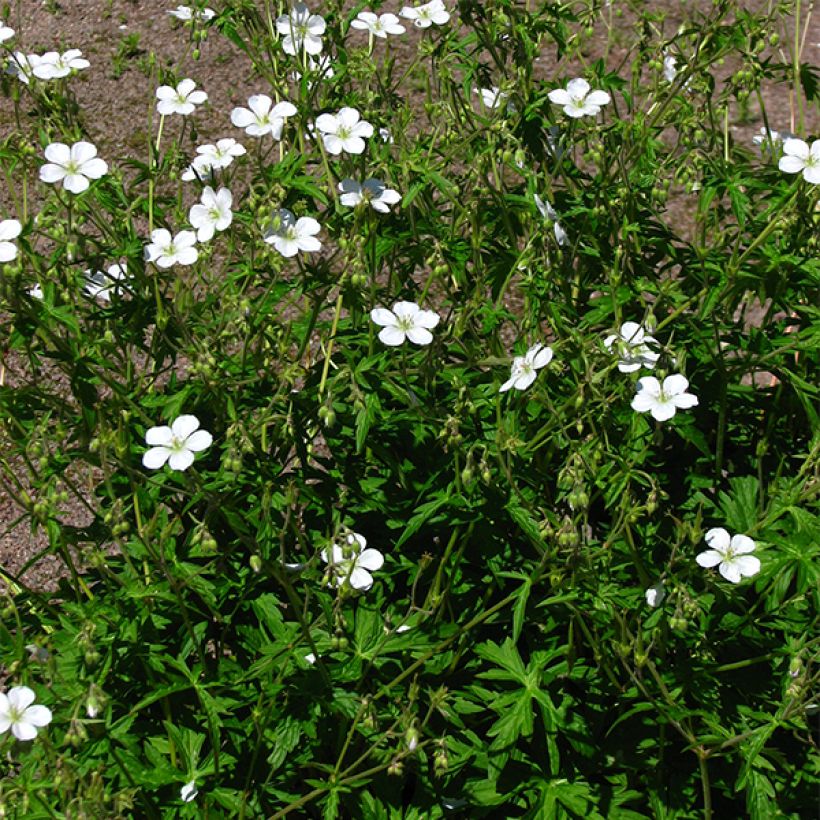

Flowering
Foliage
Plant habit
Botanical data
Geranium
richardsonii
Geraniaceae
Richardson's Geranium, White Geranium
North America
Other Hardy Geranium - Cranesbill
Planting and care
The perennial Richardson's geranium grows in ordinary, limestone, sandy, humus-rich soil that remains moist. It appreciates shady positions, tolerates partial shade but dreads the harsh sunlight that would scorch its foliage. It is not greatly affected by competition from the roots of perennials or bushes. After flowering, remove faded flowers to prevent plants from exhausting themselves by producing seeds, and prune dry stems.
Planting period
Intended location
Care
This item has not been reviewed yet - be the first to leave a review about it.
Summer flowering perennials
Haven't found what you were looking for?
Hardiness is the lowest winter temperature a plant can endure without suffering serious damage or even dying. However, hardiness is affected by location (a sheltered area, such as a patio), protection (winter cover) and soil type (hardiness is improved by well-drained soil).

Photo Sharing Terms & Conditions
In order to encourage gardeners to interact and share their experiences, Promesse de fleurs offers various media enabling content to be uploaded onto its Site - in particular via the ‘Photo sharing’ module.
The User agrees to refrain from:
- Posting any content that is illegal, prejudicial, insulting, racist, inciteful to hatred, revisionist, contrary to public decency, that infringes on privacy or on the privacy rights of third parties, in particular the publicity rights of persons and goods, intellectual property rights, or the right to privacy.
- Submitting content on behalf of a third party;
- Impersonate the identity of a third party and/or publish any personal information about a third party;
In general, the User undertakes to refrain from any unethical behaviour.
All Content (in particular text, comments, files, images, photos, videos, creative works, etc.), which may be subject to property or intellectual property rights, image or other private rights, shall remain the property of the User, subject to the limited rights granted by the terms of the licence granted by Promesse de fleurs as stated below. Users are at liberty to publish or not to publish such Content on the Site, notably via the ‘Photo Sharing’ facility, and accept that this Content shall be made public and freely accessible, notably on the Internet.
Users further acknowledge, undertake to have ,and guarantee that they hold all necessary rights and permissions to publish such material on the Site, in particular with regard to the legislation in force pertaining to any privacy, property, intellectual property, image, or contractual rights, or rights of any other nature. By publishing such Content on the Site, Users acknowledge accepting full liability as publishers of the Content within the meaning of the law, and grant Promesse de fleurs, free of charge, an inclusive, worldwide licence for the said Content for the entire duration of its publication, including all reproduction, representation, up/downloading, displaying, performing, transmission, and storage rights.
Users also grant permission for their name to be linked to the Content and accept that this link may not always be made available.
By engaging in posting material, Users consent to their Content becoming automatically accessible on the Internet, in particular on other sites and/or blogs and/or web pages of the Promesse de fleurs site, including in particular social pages and the Promesse de fleurs catalogue.
Users may secure the removal of entrusted content free of charge by issuing a simple request via our contact form.

































